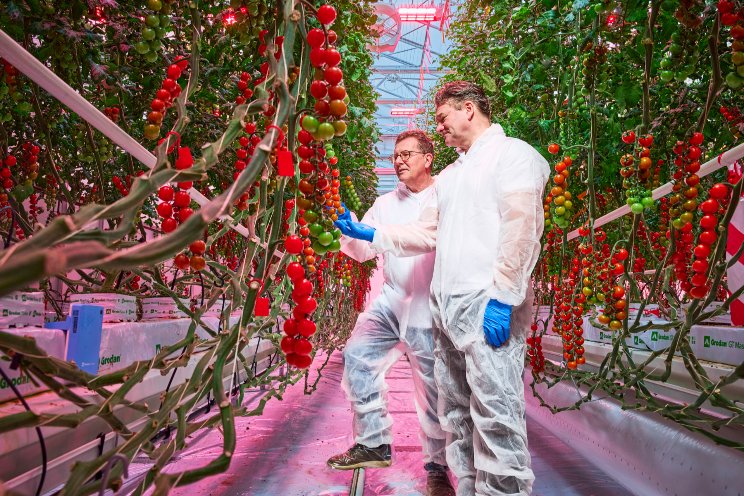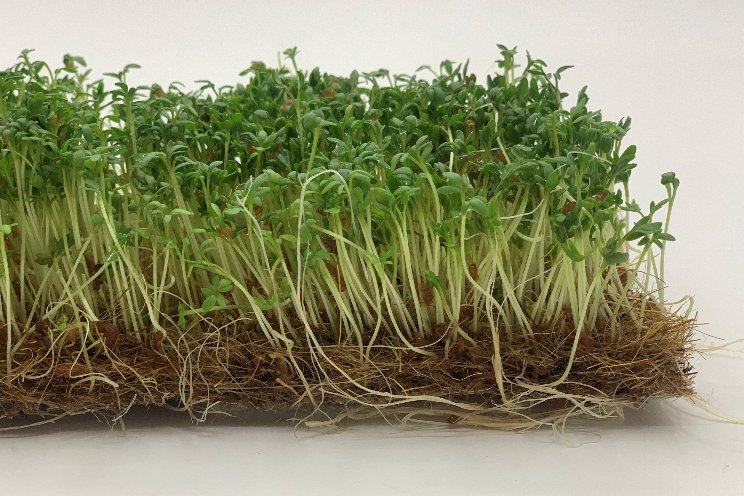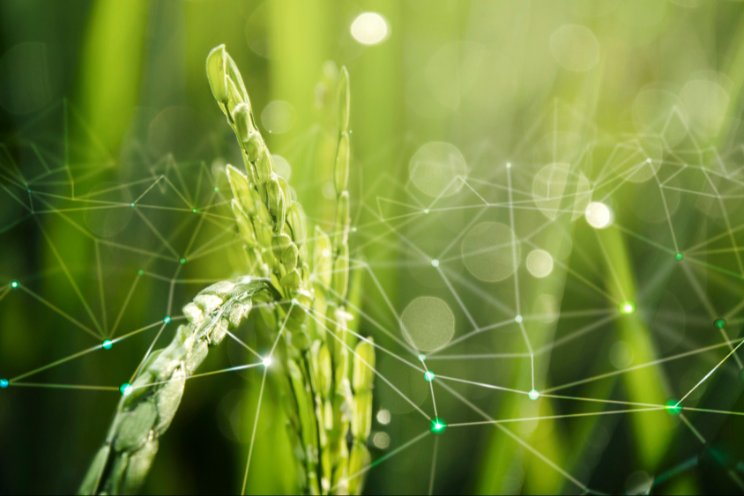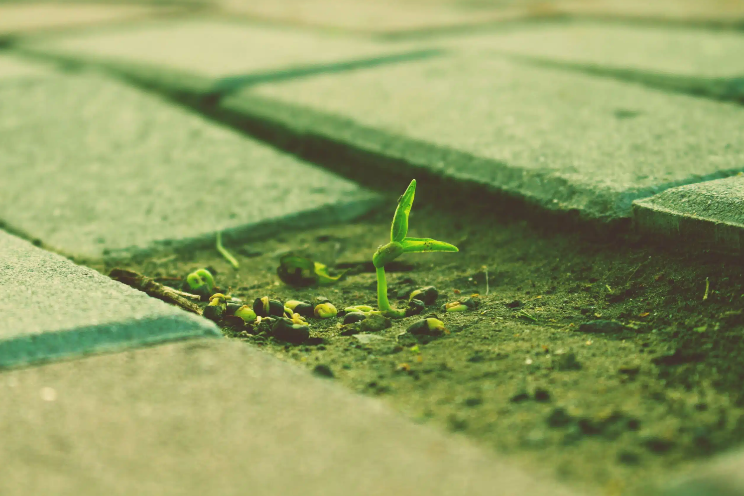How nanobubbles solve tough problems
Added on 05 June 2023

Over the last couple of decades, there have been two major shifts in municipal wastewater characteristics. First, water conservation and low flow appliances necessitated by water scarcity and drought have concentrated wastewater contaminants over time. Second, the increased use of surfactant-based products like surface cleaners and liquid soaps and detergents, especially after the pandemic, paired with fats, oils, and grease (FOG), interfere with nearly all wastewater treatment processes because they impede solids separation, oxygen transfer, and nutrient removal, and consume disinfection chemicals. These changes in wastewater characteristics have created new operational challenges and have increased the cost-to-treat wastewater.
Moleaer’s technology uses air and water to generate in-situ chemistry in the form of nanobubbles that selectively target contaminants that cause inefficiencies and odors in wastewater treatment. Nanobubbles enable process intensification by breaking down slowly biodegradable contaminants like surfactants and FOG to more readily biodegradable compounds, making the wastewater easier to treat.
In this webinar, Dr. Ragy Ragheb, Malvern Panalytical’s Application Scientist, will talk about how nanoparticle tracking analysis with the NanoSight product range is used to measure, view and study nanobubbles that are used by Moleaer’s R&D team. Dr. Laureanne Parizot, R&D Scientist at Moleaer, will discuss and share data on how Malvern Panalytical’s equipment was used to study nanobubble/surfactant interactions that supported Moleaer’s findings and helped with application development. Lastly, Andrea White, P.E., Moleaer’s Global Director of Water Process Engineering, will cover the findings of a case study on the Goleta Sanitation District WRRF where nanobubbles were used to treat 4.2 million gallons per day of municipal wastewater.
Click here for more information.
Photo by Malte Helmhold on Unsplash
More news















